Last month, the Supreme Court heard arguments in the case of Janus v. AFSCME. The decision, expected in early summer, could severely damage the last stronghold of unionism in the United States: the public sector. If the court rules against AFSCME, the economic implications are worrying, particularly for minority workers. The decision could also, plausibly, do measurable harm to Democrats’ electoral chances and further weaken the political voice of working class people.
First, some background. Right now, public sector employees can be obliged to pay “agency fees” to offset the costs a union incurs representing them in collective bargaining, even if the employee does not want to be a member of that union. Roughly speaking, a decision in favor of Janus will bring to the public sector the same kind of policy that has been implemented for private sector workers in so-called “right to work” states.
With a 5-4 conservative court the decision is likely to go against AFSCME, a union that represents 1.6 million current and former public sector workers.
What will that mean for the strength of public sector unions? We can’t know for sure yet. But looking at what “right to work” has meant for private sector unions gives us some room for speculation. With social scientists James Feigenbaum and Alex Hertel Fernandez, I have studied the impact of these laws on electoral outcomes. The results should give any Democrat pause—assuming they like to win elections.
Looking between 1980 and 2016, we compared pairs of counties across a state border, one in a state that passed a right-to-work law and the other in a state that didn’t—between 400-500 county pairs each year. We then assessed how elections results changed. This approach isolates the effect of the anti-union laws, taking account of the conditions in the counties in the lead-up to the laws’ passage.
We estimate that these laws cost Democratic presidential candidates two to five percentage points on Election Day. Voter turnout drops, too, as does the Democratic share of the state legislature. We also find that fewer people with working-class backgrounds become state legislators. In sum, these anti-union laws do approximately what Grover Norquist hoped they would do: systematically disadvantage the left.
To be clear: our research looks at the effects of laws that applied to the private sector. We do not know that the electoral effects would be the same in the public sector. They could be very different. But that’s probably not a gamble Democrats would choose to take.
What we do know for sure is that unions are critical to growing and maintaining the middle class, reducing inequality by raising wages for both union and nonunion workers, and whittling away at the gender and pay gap. Martin Luther King called “right-to-work” a “false slogan” for a “law intended to rob us of our civil rights and job rights.” With the Janus decision, we may well see whether the law lives up to the intention.
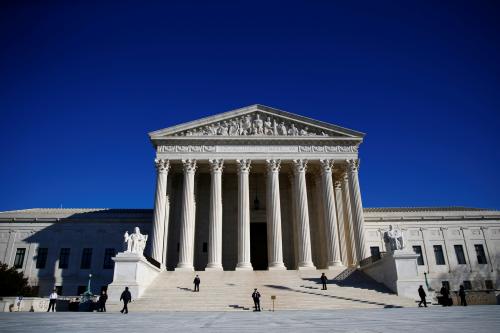
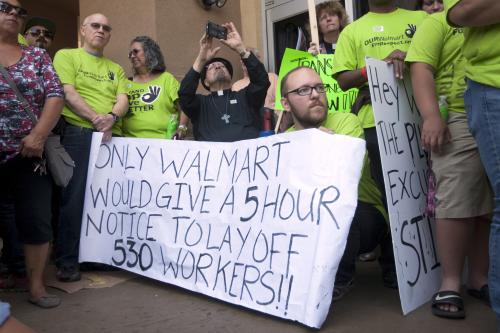
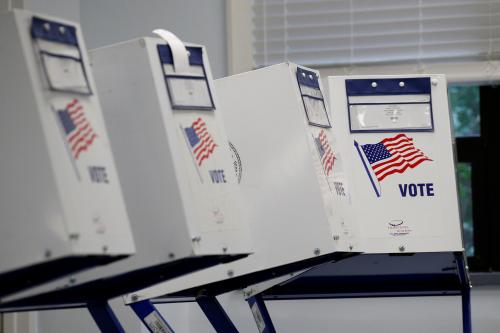
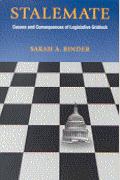
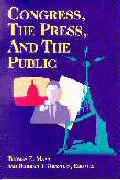
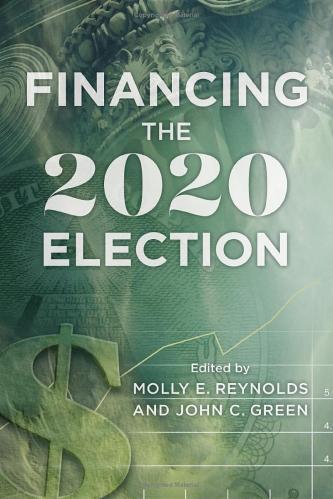




Commentary
For Democrats and public workers, there’s a lot at stake in the Supreme Court’s Janus decision
March 15, 2018